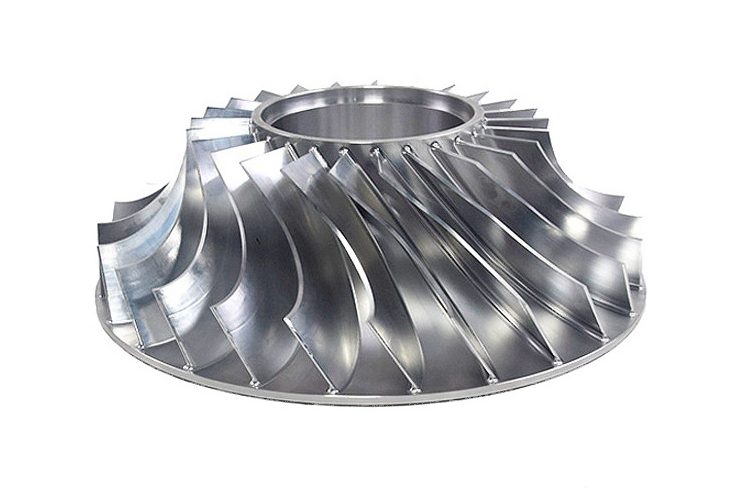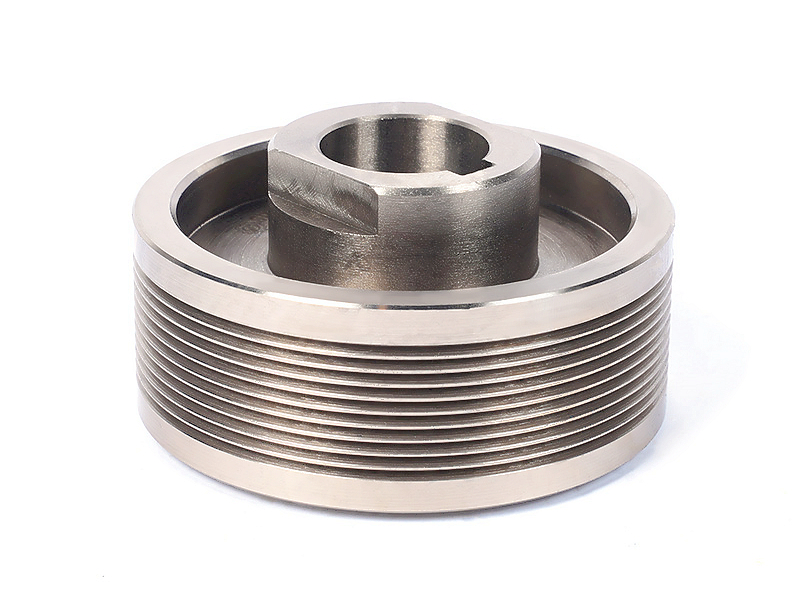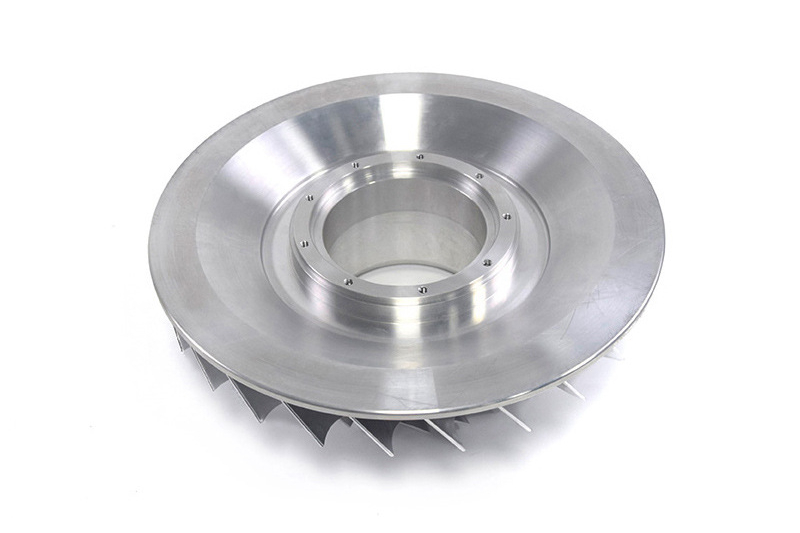Is higher pressure always better for cooling? What’s the typical range?
No, higher coolant pressure is not universally better. Its effectiveness follows a curve of diminishing returns and is highly dependent on the specific machining operation, tooling, and material. While essential for challenging materials like titanium and Inconel, there is an optimal range beyond which benefits plateau or negative effects emerge.
The Role of Pressure and Its Limitations
The primary function of high-pressure coolant is to penetrate the vapor barrier (a layer of superheated steam) that forms at the chip-tool interface and to efficiently evacuate chips. Pressures between 70 and 1,000 bar (1,000 - 15,000 PSI) achieve this by creating a hydraulic wedge that lifts the chip, allowing coolant to reach the hottest part of the cut. This is a cornerstone of our Titanium CNC Machining Service and Superalloy CNC Machining Service. However, excessive pressure can cause problems: it can create misting that reduces cooling efficiency and poses an environmental hazard, deflect thin-walled features, or simply overwhelm the chip evacuation path, causing chips to be re-circulated rather than removed.
Typical Pressure Ranges by Application
The optimal pressure is a function of the operation's demands. Here is a typical breakdown:
Low Pressure (Standard Flood, 5-20 bar / 70-300 PSI): Suitable for general machining of aluminum, mild steels, and plastics. It provides general cooling and wash-away chip clearing but is ineffective for tough alloys.
Medium-High Pressure (70-200 bar / 1,000-3,000 PSI): This is the sweet spot for most demanding operations, including drilling, deep cavity milling, and roughing of titanium and nickel alloys. It provides excellent chip breaking and evacuation while effectively controlling heat. This range is standard in our CNC Drilling Service for deep-hole drilling in tough materials.
Very High Pressure (200-1000+ bar / 3,000-15,000+ PSI): Used for specialized, high-production applications or the most extreme roughing of "gummy" superalloys. The gains here are more marginal and must be weighed against the increased system cost, maintenance, and potential for misting.
The Cryogenic Alternative: Beyond Hydraulic Pressure
For the ultimate in heat management where even the highest water-based coolant pressures are insufficient, the solution shifts from pressure to phase change. Cryogenic machining using liquid nitrogen (LN2) actively refrigerates the cutting zone to temperatures as low as -196°C. This is a fundamentally different approach that is unparalleled for preventing thermal tool degradation and is the next logical step beyond high-pressure coolant for the most extreme applications in Aerospace and Aviation.
Engineering Guideline for Selection
For General Machining: Standard flood cooling is sufficient.
For Titanium, Stainless Steel, Inconel: A system capable of ~70-200 bar (1,000-3,000 PSI) is highly recommended and often essential for productivity and tool life.
For Maximum Performance: Focus on achieving a stable process in the medium to high range before investing in ultra-high pressure. Ensure the machine, toolholder, and tool are all designed for the specified pressure.
Ultimately, the integration of the correct coolant pressure with optimized toolpaths from our Multi-Axis Machining Service and sharp tool geometry is what creates a robust and efficient machining process.



